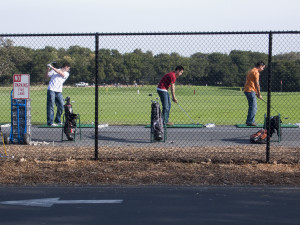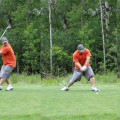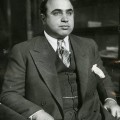
By definition this means over-analyzing or over-thinking a situation so that a decision or action is never taken, in effect paralyzing the outcome. In an effort to seek the perfect answer or solution to something, we fear making any decision that could lead to failure. In a recent Golf Channel story, they discussed Tiger Woods’ mission to perfect his swing as the reason of his downfall.
After reading the article, they made a good case as to why his recent less-than-spectacular performance was due to his search for swing perfection. Now, we normally do not delve into the realm of giving swing advice nor any other tips or lessons on how to be a better golfer. However, there are some exceptions and here is one of them…
So you want to be a better golfer? Join the club. I’m certain 99% of the 26 million or so non-professional golfers in the U.S. feel the same way. I know I do. The important thing to take away from this is to “play our game”. Obviously we see what Mr. Woods is going through and he does this everyday. A key factor to progress is learning from mistakes, whether they’re ours or someone else’s.
As a hack, the priority list of every round we play is a bit different than a pro’s. Our number one is to have fun compared to their number one which is to win and make money. That said, todays lesson is quite basic – forget about perfecting our swing and just swing the friggin’ club.
Hit’em long…yell FORE!!!




The search for the perfect swing has paralyzed much of golf instruction — and the sad saga of Tiger is it’s apotheosis. His quest for the ultimate has lead him to a swing that resembles Charles Barkley, a short game stymied by the yips, and putting that makes Phil Mickelson look good by comparison.
And I suspect that Ian Baker-Finch is correct that it’s performance fear that’s taken-over.
“Do, or Do Not. There is no try.”
One of the more interesting golf books I’ve read is George Knudson’s “The Natural Golf Swing”. My main takeaway from reading that book is to not over-analyze the swing you’re making – make sure you have a balanced set-up and visualize where you want the ball to go, besides that, basically forget about the middle of the swing, as long as you’re balanced and finish towards the target, the swing itself doesn’t really matter.
I’d highly recommend the book to reduce over-analysis (although I’ve read it in the off-season over this winter and have no idea whether it will work when I hit the course in the spring (if the snow ever goes away from this Canadian wasteland).